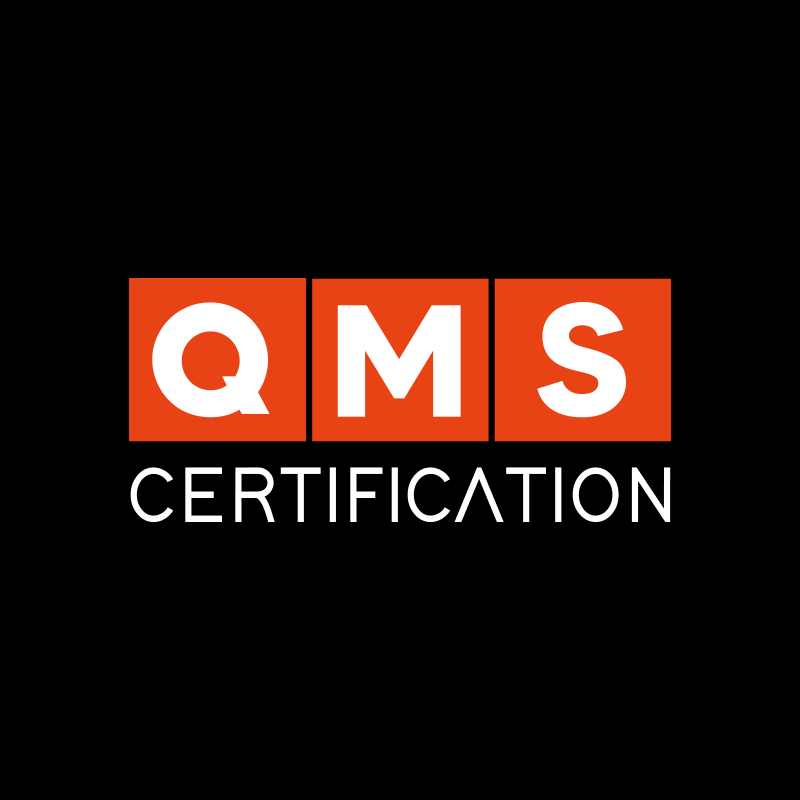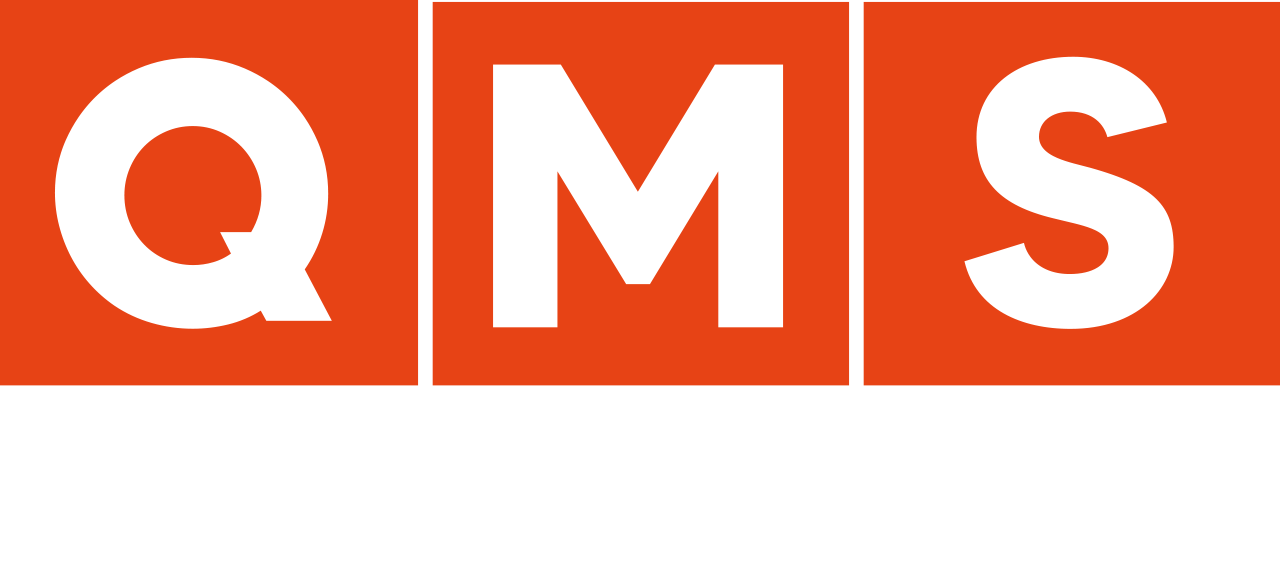Better understand risk management, how ISO 31000 works, and how it can help your company!
Organizations that manage their risks, in addition to protecting themselves, achieve more expressive and qualitative results. And that means achieving more success in your business!
In addition, we also use risk management in our lives, in day-to-day risks. For example, for risks of physical harm, we take care of our body; to avoid the risk of being late, we leave the house earlier, which also avoids rushing and, thus, we act against the risk of an accident.
In other words, this means that every decision has to be made based on its risks. This is a natural thought that we should have and that we need to develop.
Therefore, in today’s article, we are going to talk about risk management and the ISO 31000 standard.
What is the ISO 31000 standardand how does it define risk and its management?
Published on November 13, 2009, ISO 31000 is the international standard for risk management. It arises, then, with the objective of helping organizations in their analysis and risk assessment, providing guidelines for the risks faced by organizations to be managed. Currently, we are in the 2018 version.
The ISO 31000 standard also aims to not limit itself to only for large companies, but also for small businesses, public bodies and even in our personal lives, applying individually or in groups of all sizes.
How the standard defines risk
ISO 31000 defines risk as the effect of uncertainty on objectives, i.e. a positive or negative deviation related to the outcome.
There is the risk level, expressed through its consequences and probabilities. These consequences can be positive, that is, they can result in positive results; but it can also be negative, resulting in losses or results that did not correspond to the expected, “negative”.
According to ISO 31000, the risk management process (RMP) must be integrated into decision-making and business management. So the organization can (and should) apply it in all its processes, projects, operations programs and in its strategies.
Steps of the risk management process (RMP)
In order to manage risks effectively, we need to pay attention to some basic steps that a risk management process needs to have. Let’s see these steps below.
Establishing the context
Here, for example, the organizational objectives should be listed; where the risks of these objectives not being achieved will be managed; the consequences and probabilities of each risk, among other factors. In addition, we can use the SWOT tool, a matrix where strengths, weaknesses, opportunities and threats can be listed.
Risk identification
At this stage we need to identify which risks our company is exposed to. Some tools can be used to identify risks, for example the Preliminary Risk Analysis. This tool helps to manage risks in an early and detailed way, identifying risks during the execution of a certain process.
Risk Analysis
At this stage, we can assess the impacts that these risks can cause. The risk analysis also serves to show the measures to prevent these threats and impacts, what we will actually do with the risks!
Risk assessment
At this stage, the risks have already been identified. So, the next step is to assess the level of that risk. By comparing the results of the analysis with the risk criteria, we will be able to identify if your level is acceptable and determine the priority for solving these risks.
Risk Handling
But what about risks that are not acceptable? It is at this stage that these risks of unacceptable levels are dealt with, that is, it is at this stage that we effectively take actions that act on the risks. During this stage we can mitigate risk, avoid risk, share risk and, less acceptably, retain risk.
Monitoring and critical analysis
The monitoring stage needs to be continuous, this is where the supervision and identification of the changes made takes place. The critical analysis will analyze the results, determine the suitability, and propose some improvements.
Impact of implementing risk management
Risks have always been present in the companies’ day-to-day lives, and that will not change!
However, after the publication of ISO 31000, many managers came to understand the benefits of risk-based management. Every venture needs to consider the risks, and the standard helps to see this better!
ISO 31000 shows us the direction so that these thoughts that were previously restricted to certain areas (such as occupational safety, environment, automotive industry, etc.) could be directed and structured for all areas.
From ISO 31000 onwards, many companies started to think about risk management, from small to larger ones. So, little by little, this starts to become a thought of society, not just of companies. And that’s great for all stakeholders!










